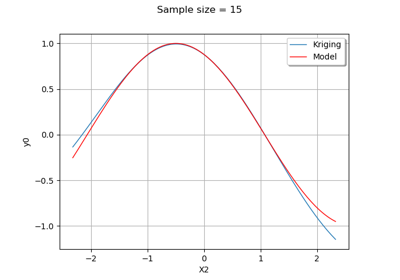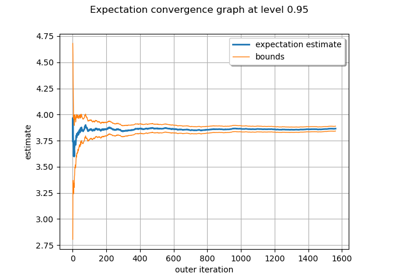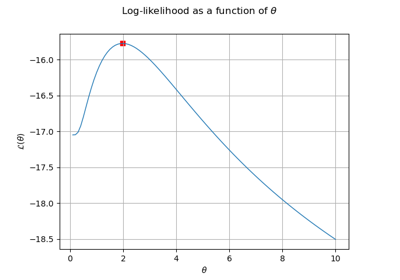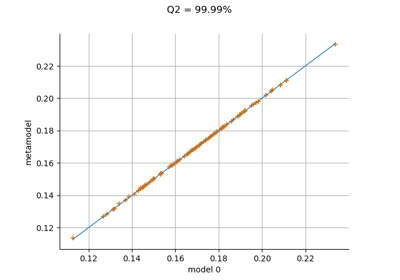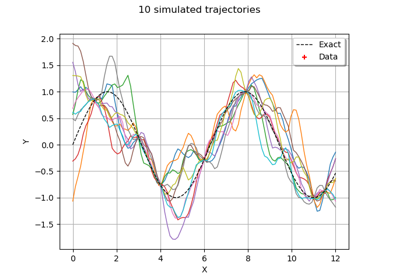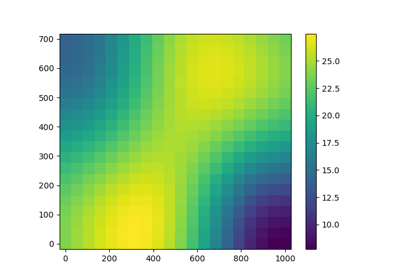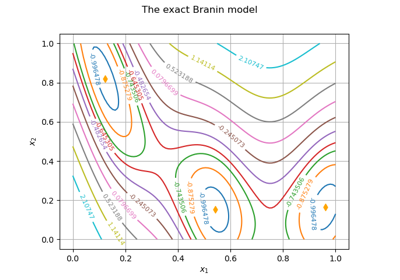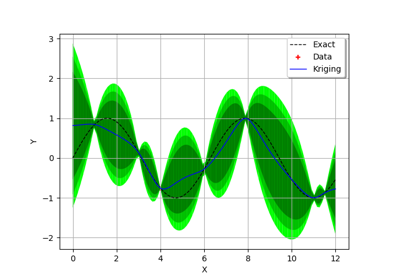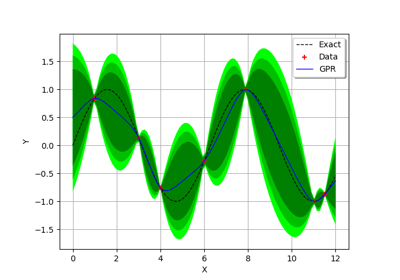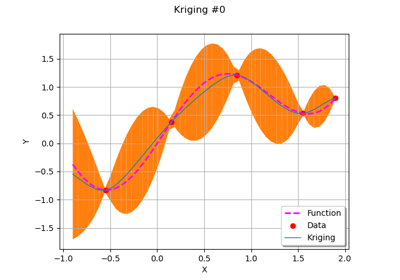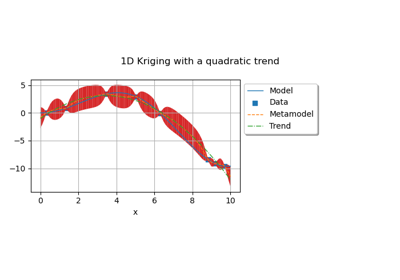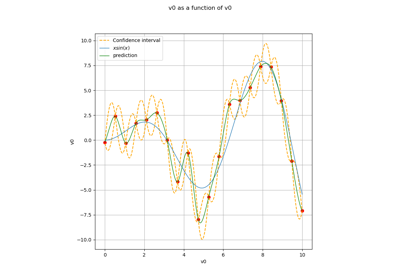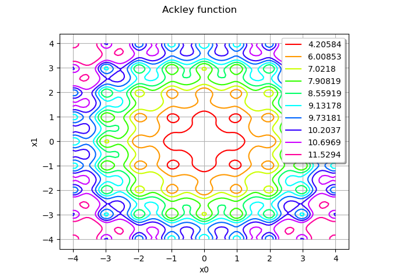ConstantBasisFactory¶
- class ConstantBasisFactory(*args)¶
Constant basis factory.
- Parameters:
- dimensionint
Input dimension of the basis.
Methods
build()Build the basis.
Accessor to the object's name.
getName()Accessor to the object's name.
hasName()Test if the object is named.
setName(name)Accessor to the object's name.
See also
Notes
A factory for constant basis of input dimension dimension.
Examples
>>> import openturns as ot >>> basis = ot.ConstantBasisFactory(2).build() >>> f = ot.AggregatedFunction(basis) >>> x = [2, 3] >>> print(f(x)) [1]
- __init__(*args)¶
- getClassName()¶
Accessor to the object’s name.
- Returns:
- class_namestr
The object class name (object.__class__.__name__).
- getName()¶
Accessor to the object’s name.
- Returns:
- namestr
The name of the object.
- hasName()¶
Test if the object is named.
- Returns:
- hasNamebool
True if the name is not empty.
- setName(name)¶
Accessor to the object’s name.
- Parameters:
- namestr
The name of the object.
Examples using the class¶
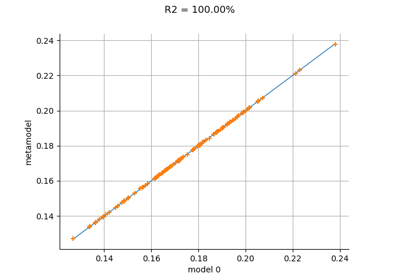
Gaussian Process Regression : cantilever beam model
Gaussian Process Regression : cantilever beam model
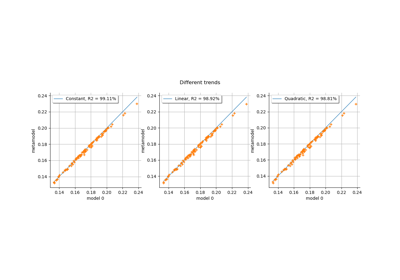
Kriging: choose a polynomial trend on the beam model
Kriging: choose a polynomial trend on the beam model
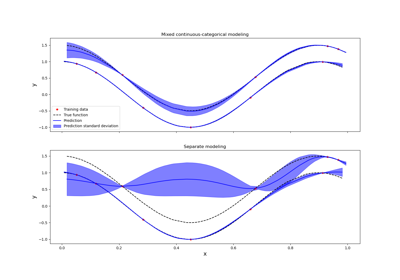
Kriging: metamodel with continuous and categorical variables
Kriging: metamodel with continuous and categorical variables
 OpenTURNS
OpenTURNS
